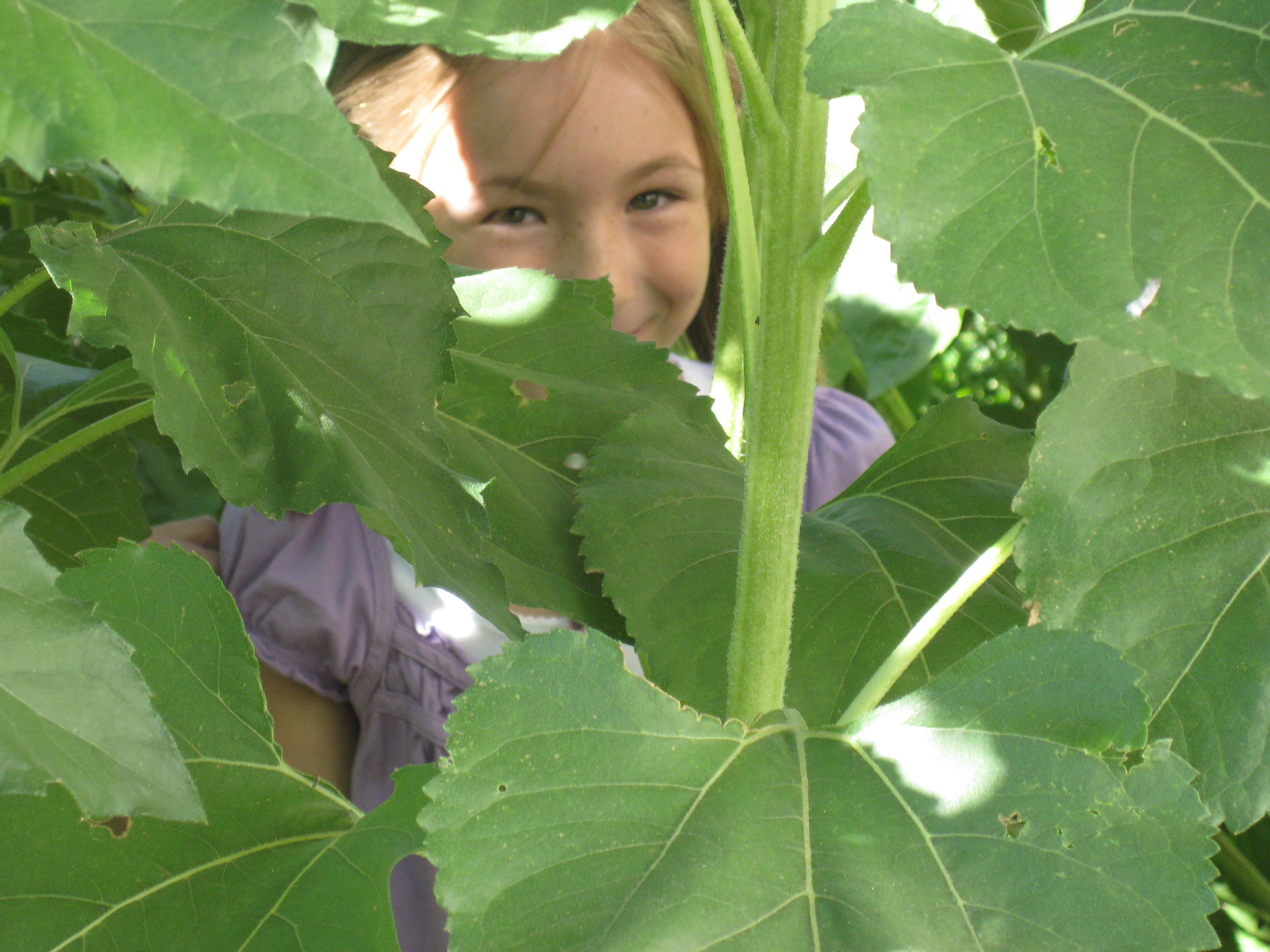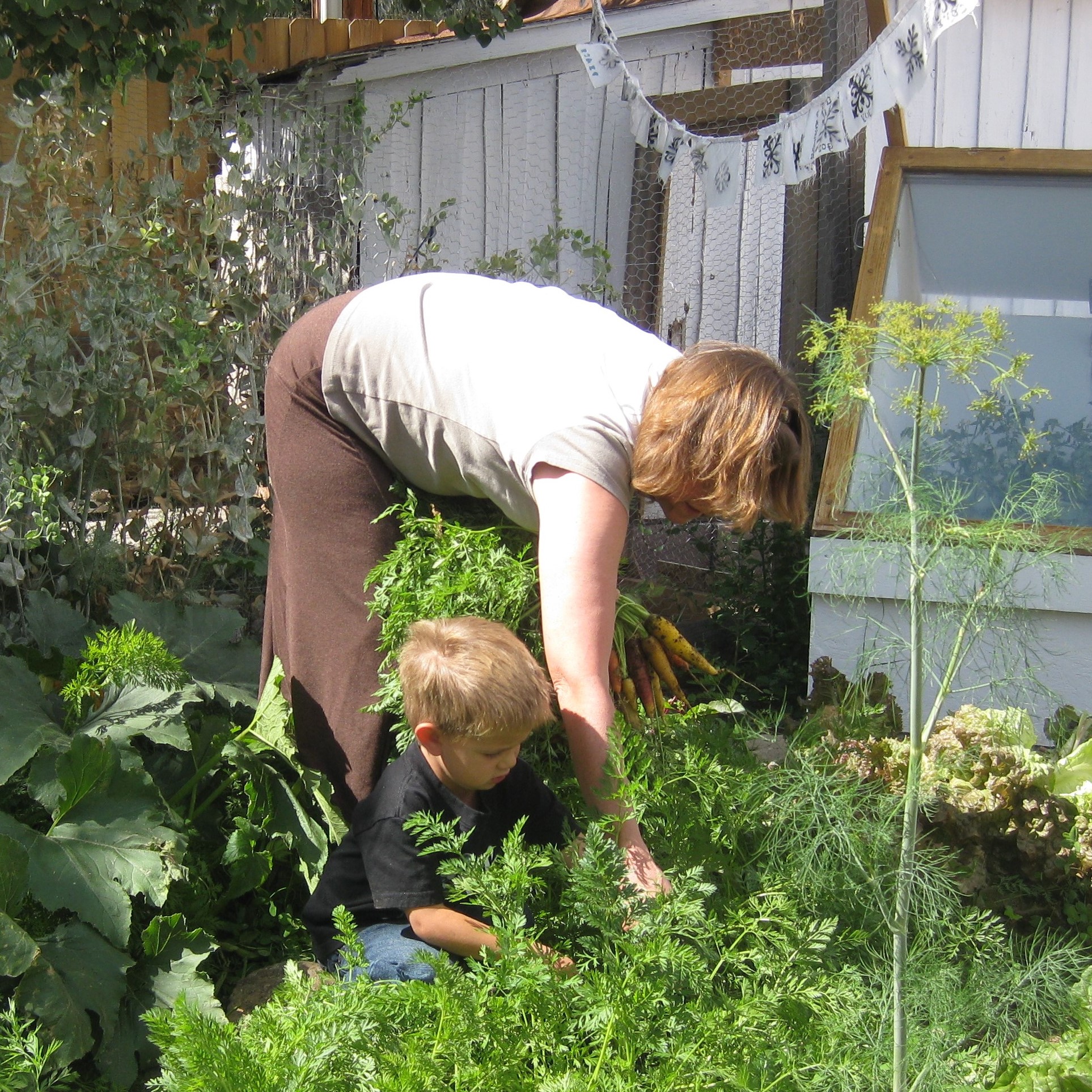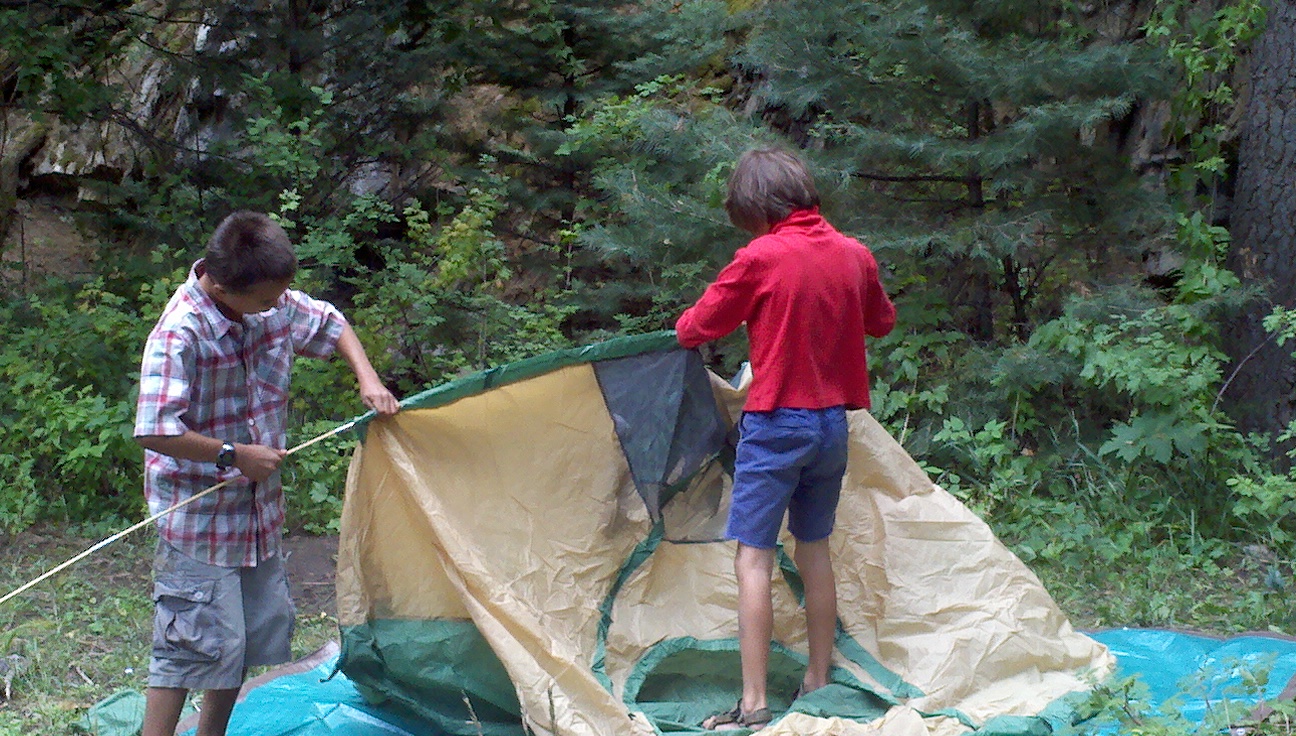How to Teach Your Children to Love the Earth
Do you know how Earth Day got started? It was an environmental “teach-in” day, to create consciousness about the lack of environmental protections that were needed to clean-up the planet.[1] That Earth Day had far-reaching results: the US Environmental Protection Agency, the United Nations Earth Summit, and dozens of protective Acts brought into law to regulate pollution. Since teaching played such a major role in the establishment of Earth Day, it seemed fitting to write a blog to support you, teachers and parents, in teaching your kids about loving and caring for our planet home.
Gathering ideas, I remembered a little book that guided a lot of my early Montessori earth science days: 50 Simple Things You Can Do to Save the Earth, published in 1990. I read about the disillusionment that the author suffered when he realized that the very activities he promoted in the book were creating a new kind of problem: they were a mere “scratching of the surface” and had given well-meaning individuals, millions of them, a false sense of genuine impact on the real problem of climate change.[2]
I thought about the current Earth School/Nature School movement in education and Geoffrey Bishop’s inspiring presentations of Nature’s Classroom Montessori programs. I pulled my copy of Last Child in the Woods (Louv, 2005) from the shelf, re-visited the deep emotions it stirred on my first reading nearly 15 years ago.
And then, as is oft the case, Dr. Montessori came to pull it all together. Her words, unearthed as I prepared an upcoming 21-Day Observation mini-course and written above, came racing into my memory when I read the title of Louv’s Chapter 5: “A Life of the Senses…”

We don’t teach love of the Earth; we provide education of the senses through experiences of the Earth.
It’s what nature schools and Geoffrey Bishop understand. It’s what Dr. Montessori knew when she promoted outdoor classrooms. It’s what Mario and Ms. Lena did when they worked with Dr. Maria to develop the vision of Cosmic Education in the woods and hills of Kodaikanal. In this excerpt from an interview with David Kahn, Mario gives us a glimpse into their process of connecting children to the Earth:
MONTESSORI: I did a bit of everything. I went outside to visit them, to interest them in nature. How did the trees grow? We had a little garden that was worked by the children. They took care of the flowers. They cultivated the plants. We had every variety of species to enhance classification. We went to the garden to observe—many times just to see.
KAHN: Any particular activities?
MONTESSORI: In particular, they observed and detected different aspects of the plants.
KAHN: How did you work it? Would they see a model plant?
MONTESSORI: That’s right. Each species has its respective parts that conform to the composite. They could see the plants were really different yet still belonged to a universal plan. That was really a surprise to the children.
KAHN: You made terrariums. What inspired terrariums?
MONTESSORI: Biology includes not only plants; it includes animals. It involves relationships. (Montessori, 2013)
In an unpublished lecture from 1950 (International Montessori Conference, Amsterdam, The Netherlands, April 1950, unpublished proceedings.), Dr. Montessori instructs us adults to guide the children in those experiences that develop their senses, creating observers whose sense of wonder will connect to their natural curiosity and love.
Man’s arrival has created a psychosphere on Earth. What is his task in it? For we must understand that mankind, too, has a task with regard to the Earth on which it lives. The coming of mankind meant a new force, whose function it is to further the progress of evolution. We notice that man possesses certain capacities which may stimulate progress on Earth. His scientific work gradually discloses the secrets of Nature and, moreover, makes use of them, thus creating new possibilities. His technical skill has harnessed the forces of nature in order to build the most complicated machinery. Man’s toil has developed agricultural products which were unknown in primitive nature. Obviously, man too has an active task on Earth. . . .
She continues:
One of the means to this end is a cosmic education, which gives the child an orientation and guidance in life. For this education wants to prepare the growing child for the task awaiting him in adult life, so that he will feel at ease in his own environment, in which he will later have to live as an independent being. (Grazzini, 2013)

HOW do we “teach” children to love the Earth?
- We provide them time to be in nature: to see and smell and hear and touch and taste and feel all that it has to offer.
- We pique their sense of wonder about the Earth’s long history through fossils and rocks and crystals.
- We encourage influence and care of the Earth: growing, planting, investigating, building, and simply being in relationship with the Earth
- We share their passions by joining them in play and learning, communicating that the joy they take from Earth is real and important and worthy of as much time and energy as we have to give it.
What will you do to “teach” your children to love the Earth on this Earth Day?
[1] There are lots of places to learn about how Earth Day came to be, but I like this one: https://www.adirondackcouncil.org/page/earth-day-256.html
[2] You can read about the reincarnation of 50 Simple Things…here: https://www.greenbiz.com/article/death-and-rebirth-50-simple-things-you-can-do-save-earth
